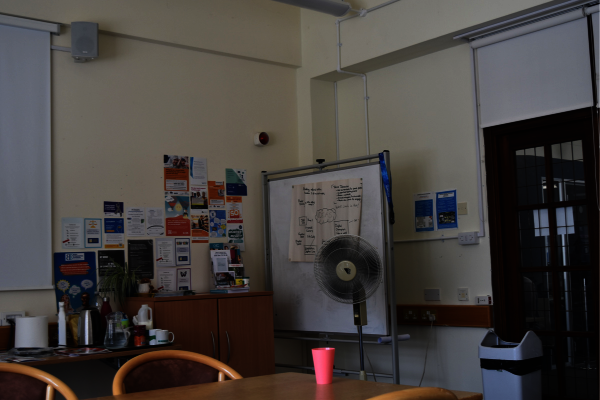The rise of the state pension age to 66 has successfully induced more people to keep working past 65, meaning many individuals will be reaping the financial benefits of these extra earnings. However, another likely and far less positive consequence is deepening inequalities between those who can and cannot work in their mid-60s. If the government is serious about continuing to increase the state pension age, then they must get equally serious about ensuring that everyone has access to decent employment, and back-to-work support for people who have fallen out of employment in their 60s. Without that, further increases will simply worsen the price that older workers already pay for an ageist labour market.
There have been many positive aspects to a raised state pension age. For many people still in work at 65, this has been an extra year of income and to further build savings for retirement. Employers, many of whom are experiencing acute skills shortages, are equally benefitting from these older workers’ experience. As a direct result of the increase in state pension age there are 25,000 more men and 30,000 more women aged 65 in the labour market, new research funded by the Centre for Ageing Better and conducted by the Institute for Fiscal Studies has shown.
That said, little more than a third of people are still in work at 65. The increase in state pension age means that 25,000 more 65-year-olds are out of work due to ill-health, and 5,000 more looking for work. If given the right support tailored to their individual needs, many in this group could re-enter the labour market, boosting their income and savings. Employers too stand to gain substantially from tapping into this pool of highly experienced workers.


